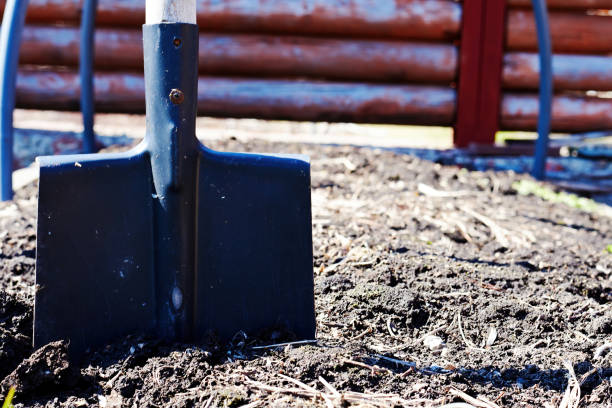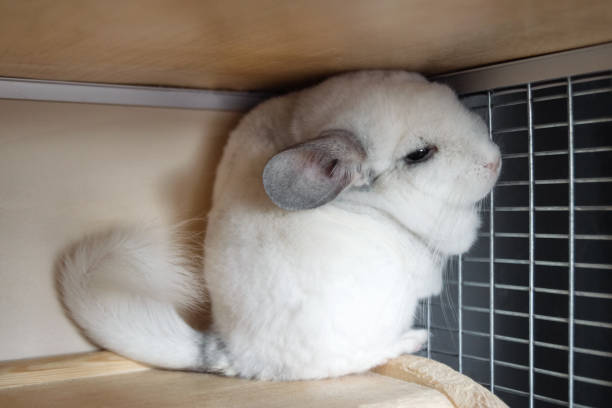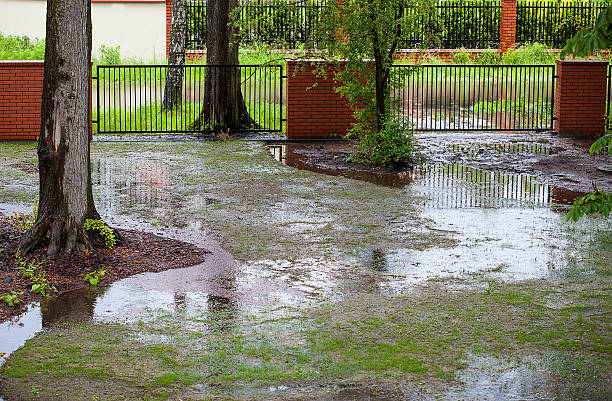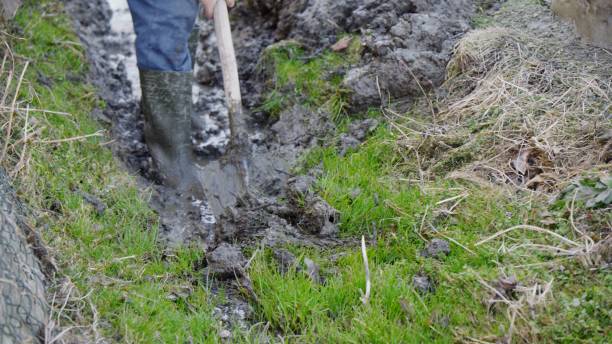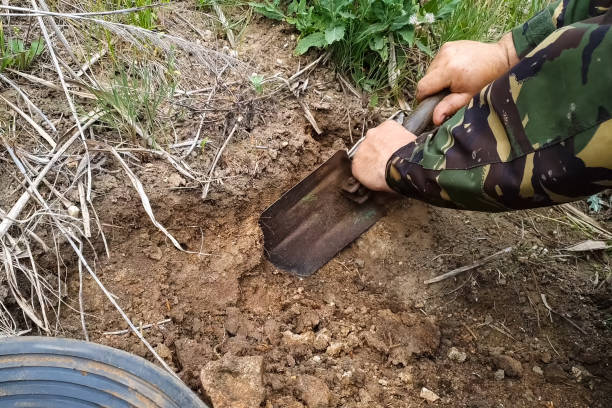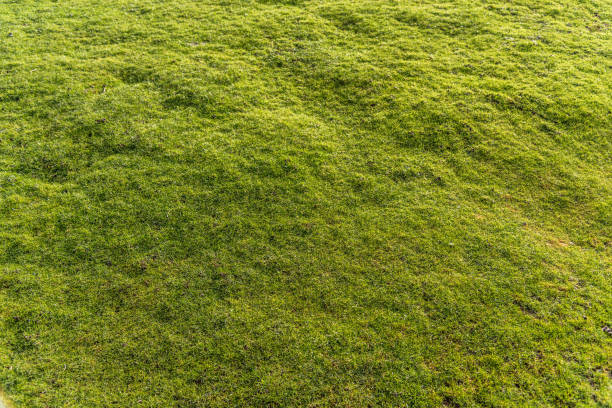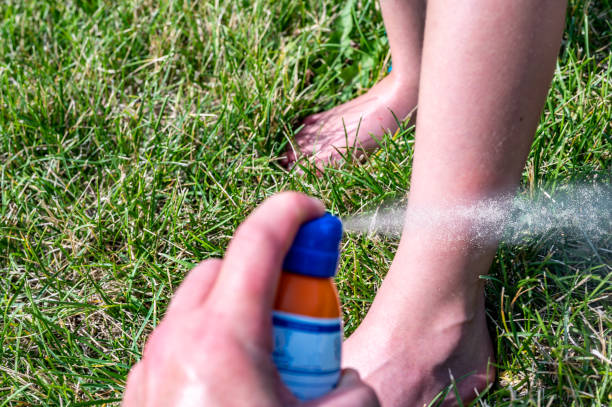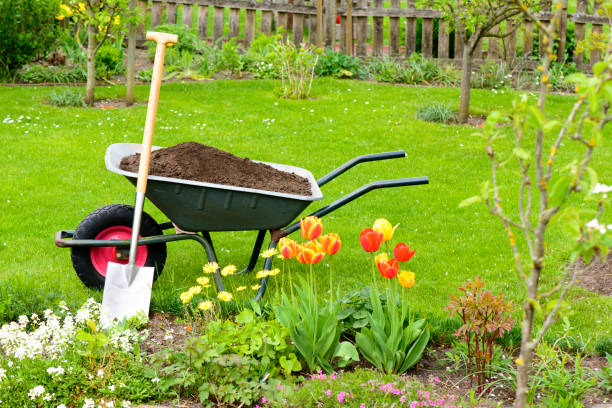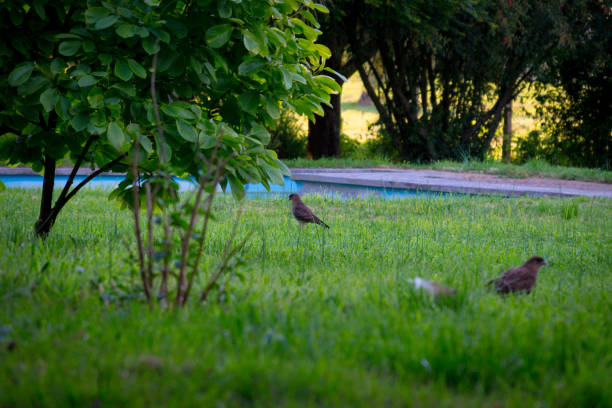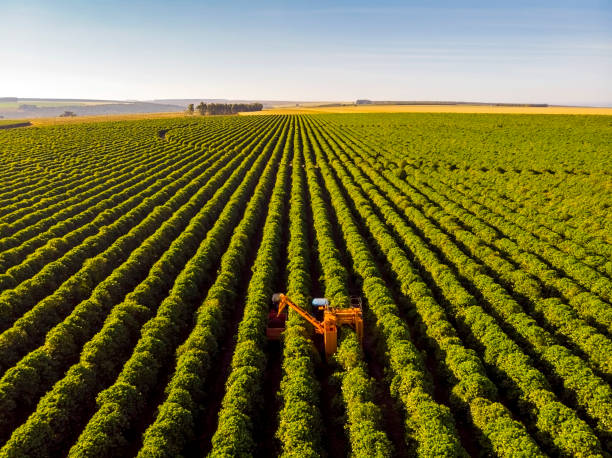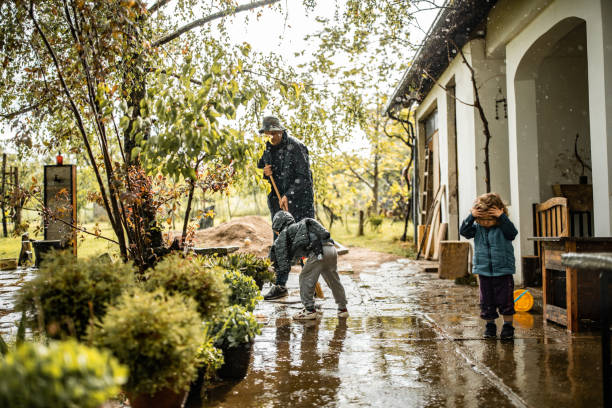How to Fix a Muddy Area in Your Yard
This post contains affiliate links. This means I will make a commission at no extra cost to you should you click through and make a purchase. Read the full disclosure here.Is your yard plagued by a muddy area that disrupts the beauty and functionality of your outdoor space? If so, you’re not alone. Many homeowners face the challenge of dealing with a muddy yard, but fortunately, there are effective solutions available. In this article, we will explore the causes of a muddy yard and provide you with practical steps to fix the problem. So, roll up your sleeves and get ready to transform your muddy yard into a pristine oasis.
Introduction
When you envision your yard, you likely imagine a lush green carpet or a serene setting for outdoor activities. However, the presence of a muddy area can be frustrating and even pose risks to your property and well-being. Before we dive into the solutions, let’s examine some common causes of a muddy yard.
Causes of a Muddy Yard
Poor drainage
One of the primary culprits behind a muddy yard is poor drainage. When water fails to drain properly, it accumulates in low-lying areas, turning them into muddy patches. Heavy rainfall, improper grading, or inadequate drainage systems can contribute to this problem.
Compacted soil
Compacted soil can hinder water absorption and drainage, leading to water pooling on the surface. High foot traffic, heavy machinery, or even natural compaction processes over time can compact the soil, exacerbating the issue.
Insufficient sunlight
Inadequate sunlight can prevent proper evaporation and drying of the soil, creating persistently muddy areas. Large trees, tall structures, or neighboring buildings can cast shadows that restrict sunlight and hinder the natural drying process.
Assessing the Muddy Area
Before implementing any solutions, it’s crucial to assess the muddy area in your yard to understand its underlying causes fully. Here are some steps to help you evaluate the situation.
Examining the drainage patterns
Observe how water flows and collects in your yard during rainfall or irrigation. Note any low-lying areas where water tends to accumulate, as these spots are likely contributing to the muddy conditions.
Testing the soil quality
Perform a simple soil test to determine its composition and drainage capabilities. You can use a soil testing kit or consult with a local extension office for assistance. Understanding your soil’s characteristics will help you choose the appropriate amendments.
Evaluating sunlight exposure
Take note of the areas in your yard that receive limited sunlight throughout the day. Identifying these shady spots will guide you in selecting suitable solutions to enhance sunlight exposure.
Solutions for Fixing a Muddy Yard
Now that you’ve assessed the muddy area, it’s time to explore the solutions that will restore your yard’s beauty and usability. Here are some effective methods to fix a muddy yard.
Improving drainage
Enhancing drainage is crucial to prevent water from pooling in your yard. Consider the following options:
- Installing a French drain: A French drain is a trench filled with gravel or rock and contains a perforated pipe to redirect water away from the yard.
- Creating a dry well: A dry well is an underground chamber that collects and holds excess water, allowing it to gradually percolate into the ground.
- Leveling the ground: By grading your yard and ensuring it slopes away from your house, you can prevent water from accumulating in specific areas.
Amending the soil
Addressing soil compaction and improving its drainage capabilities is vital to fixing a muddy yard. Here’s how you can amend your soil effectively:
- Adding organic matter: Incorporate compost or well-rotted manure into the soil to improve its structure, aeration, and drainage.
- Loosening compacted soil: Use a garden fork or aeration tool to loosen compacted soil, allowing water to penetrate more effectively.
Enhancing sunlight exposure
Increasing sunlight exposure to the muddy area will aid in drying out the soil and reducing its muddiness. Try the following techniques:
- Pruning trees and shrubs: Trim branches and foliage to allow more sunlight to reach the muddy area.
- Trimming back overhanging branches: If nearby trees or plants cast shadows over the muddy area, carefully prune or trim them back to improve sunlight penetration.
- Removing or transplanting large objects: Consider relocating objects such as sheds or playsets that obstruct sunlight and contribute to the muddy conditions.
Implementing the Solutions
Now that you’re familiar with the solutions, let’s delve into the implementation process. We’ll guide you step-by-step through the methods mentioned above to fix your muddy yard.
Step-by-step guide to installing a French drain
- Determine the route: Identify the path where the French drain will divert water away from your yard.
- Dig the trench: Excavate a trench along the determined path, ensuring it has a slight downward slope.
- Add gravel: Fill the trench with a layer of gravel or rock to create a stable base.
- Install the perforated pipe: Place the perforated pipe on top of the gravel, ensuring it slopes away from your yard.
- Cover with gravel: Fill the remaining trench with gravel or rock, covering the pipe entirely.
- Backfill and restore: Replace the soil and restore the surface of your yard, ensuring it blends seamlessly with the surroundings.
Instructions for creating a dry well
- Determine the location: Select a suitable area in your yard where the excess water can drain.
- Dig the hole: Excavate a hole that is wide and deep enough to accommodate the dry well chamber.
- Install the chamber: Place the dry well chamber in the hole, ensuring it sits level with the ground.
- Backfill the hole: Fill the area around the chamber with gravel, leaving enough space for water storage.
- Cover the chamber: Place a cover or grate over the chamber to prevent debris from entering.
Tips for leveling the ground
- Identify the low spots: Determine the areas in your yard where water tends to accumulate.
- Remove excess soil: Remove the excess soil from the low spots, ensuring you maintain a slight slope away from your house.
- Fill with topsoil: Fill the excavated areas with quality topsoil, leveling the ground and creating a more even surface.
- Compact and reseed: Compact the soil gently and sow grass seeds or lay sod to restore the lawn’s appearance.
Adding organic matter to the soil
- Prepare the soil: Loosen the top layer of soil using a garden fork or tiller.
- Apply organic matter: Spread a layer of compost or well-rotted manure over the soil surface.
- Mix and incorporate: Use a garden rake or tiller to mix the organic matter into the soil, ensuring it’s evenly distributed.
Techniques for loosening compacted soil
- Choose the right tools: Select a garden fork, aeration tool, or a mechanical aerator suitable for your yard’s size and the severity of soil compaction.
- Aerate the soil: Insert the tool into the soil, applying gentle pressure to create holes or channels that promote better drainage.
- Repeat the process: Repeat the aeration process across the entire muddy area, focusing on compacted spots.
Enhancing sunlight exposure through pruning and trimming
- Identify shade sources: Identify trees, shrubs, or structures that cast shadows over the muddy area.
- Prune branches: Use appropriate pruning tools to trim back branches that block sunlight, allowing more light to reach the area.
Preventing Future Muddy Areas
Now that you’ve successfully fixed the muddy area in your yard, it’s essential to take preventive measures to avoid future recurrence. Here are some tips to keep your yard free from muddy spots:
Regular maintenance
Maintain a regular maintenance routine to ensure your yard remains in good condition. This includes mowing the lawn, removing debris, and inspecting for drainage issues.
Proper lawn care practices
Implement proper lawn care practices such as watering deeply but infrequently, avoiding excessive foot traffic on wet soil, and overseeding bare areas.
Monitoring drainage and soil conditions
Regularly monitor your yard for any signs of poor drainage or soil compaction. Address these issues promptly to prevent muddy areas from reemerging.
Final Thoughts
A muddy area in your yard can be a persistent annoyance, but with the right strategies and techniques, you can fix the problem and reclaim a beautiful outdoor space. By improving drainage, amending the soil, and enhancing sunlight exposure, you’ll transform your muddy yard into a pristine oasis that you can enjoy year-round.

